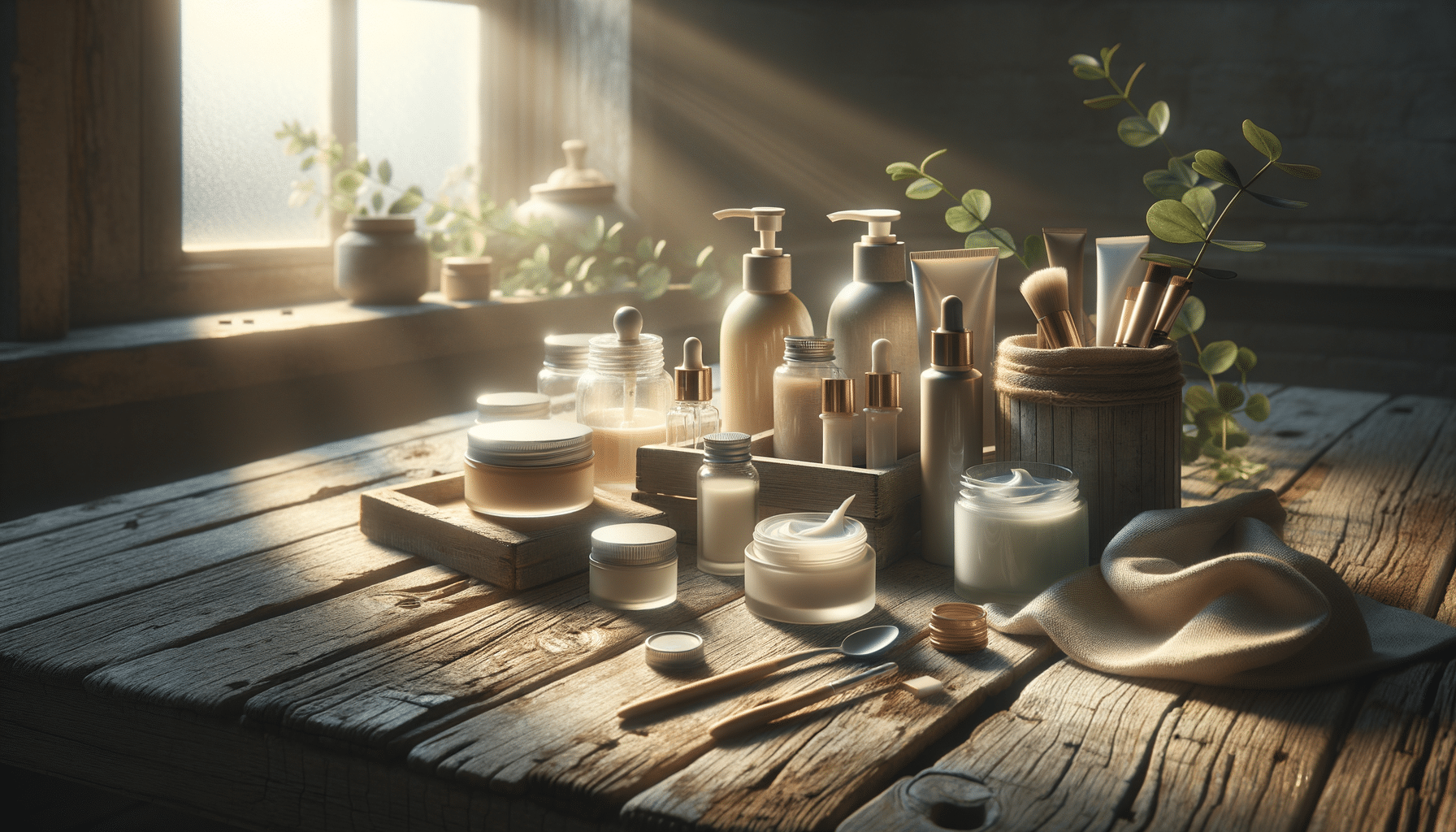
Understanding Active Ingredients in Skincare Cosmetics Products
Introduction to Skincare and Cosmetics
In the realm of beauty and personal care, skincare and cosmetics play an integral role in enhancing one’s appearance and maintaining healthy skin. With a plethora of products available in the market, it becomes essential to understand what goes into these products and how they contribute to skin health. The inclusion of active ingredients in skincare cosmetics is a trend that has gained momentum due to its promise of delivering targeted results. These ingredients are not only effective but are also backed by scientific research, making them a preferred choice for many. Let’s delve deeper into the world of skincare and cosmetics to understand how these active ingredients work their magic.
Active Ingredients: The Powerhouses of Skincare
Active ingredients are the core components in skincare products that are responsible for delivering specific benefits. These ingredients are carefully selected for their ability to address various skin concerns such as acne, dryness, pigmentation, and aging. Some of the most renowned active ingredients include:
- Retinoids: Known for their ability to accelerate cell turnover and boost collagen production, retinoids are highly effective in reducing fine lines and wrinkles.
- Vitamin C: A potent antioxidant, Vitamin C helps in brightening the skin and protecting it from environmental damage.
- Hyaluronic Acid: Famous for its hydrating properties, hyaluronic acid can retain moisture, keeping the skin plump and youthful.
- Niacinamide: This versatile ingredient helps in reducing inflammation and improving skin texture.
Incorporating these active ingredients into your skincare regimen can make a significant difference in skin health, offering visible results over time.
Cosmetics and Their Multifaceted Roles
Cosmetics have evolved beyond mere beauty enhancers. Today, they are formulated with active ingredients that not only improve appearance but also deliver skincare benefits. Foundations, primers, and even lipsticks now come infused with skincare ingredients, blurring the lines between makeup and skincare. For instance, a foundation with SPF can protect against UV damage while providing coverage, and a primer with hyaluronic acid can offer hydration while creating a smooth canvas for makeup. This dual functionality makes cosmetics an essential component of a comprehensive skincare routine, catering to the needs of modern consumers who seek convenience without compromising on efficacy.
Anti-Aging: Embracing Timeless Beauty
The quest for youthful skin has led to the development of anti-aging products that promise to slow down the signs of aging. These products often contain a combination of active ingredients designed to target various aging concerns. Peptides, for example, are known for their ability to enhance skin elasticity and firmness. Antioxidants such as green tea extract and resveratrol combat free radicals, protecting the skin from oxidative stress. Moreover, exfoliating agents like alpha hydroxy acids (AHAs) promote cell renewal, revealing fresher, younger-looking skin. By understanding these components, consumers can make informed choices, selecting products that align with their specific anti-aging goals.
Conclusion: Navigating the World of Skincare and Cosmetics
In conclusion, the integration of active ingredients in skincare and cosmetics represents a significant advancement in the beauty industry. These ingredients provide targeted solutions to common skin concerns, offering both immediate and long-term benefits. As consumers become more educated about these components, they can make better choices, tailoring their skincare and cosmetic routines to suit their individual needs. Whether aiming to combat signs of aging or enhance skin radiance, understanding the role of active ingredients is key to achieving desired results. Skincare and cosmetics, when used thoughtfully, can be powerful tools in the journey towards healthier, more radiant skin.


